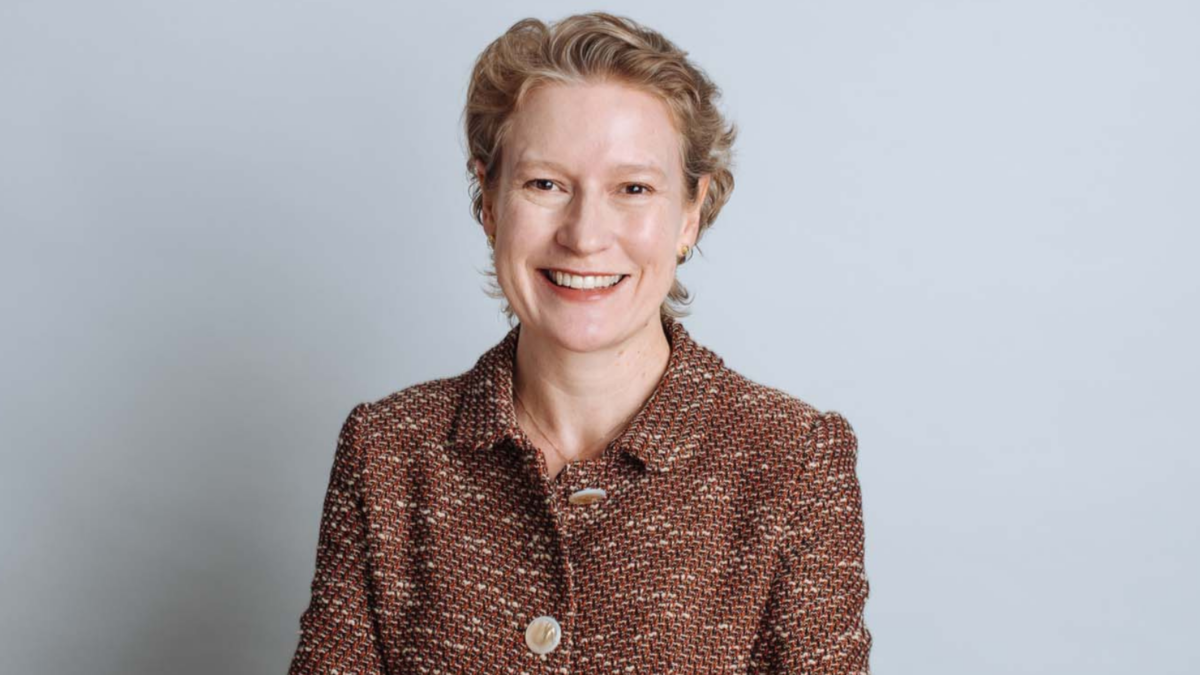Risk control as a return generator
(Pictured: Denis Carroll)
Investing for risk can add real value to portfolios over time, with a recent paper based on a time series of live decisions for a UK-based fiduciary investor, showing significant outperformance by adopting a risk-control target rather than returns.
The paper, by consulting group CheckRisk, followed the implementation of its advice at IFG, a UK and Irish financial services group, across four portfolios from September last year until May this year. IFG, which has about £20 billion (A$36.1 billion) under management, applied CheckRisk’s risk-adjusted asset model (RAAM) to its ‘growth’, ‘balanced’, ‘cautious’ and ‘yield’ portfolios. The portfolios were run on a real-time test basis prior to a proposed launch later this year.
At the heart of the different approach, according to CheckRisk’s Australian-based chief executive, Denis Carroll, is that investing for risk considers when an investor is being “paid” to take risk or not.
The paper shows that in the test period, the four IFG portfolios each outperformed its benchmark with less volatility than the benchmark itself. The portfolios also outperformed each of their cash-plus targets as agreed with IFG management.
The difference in returns from making changes by using RAAM signals and not doing so between September 2013 and May this year were:
> IFG Growth: 11.51 per cent return (benchmark 8.57 per cent), standard deviation 8.85 per cent (benchmark 9.65 per cent).
> IFG Balanced: 9.64 per cent return (6.99 per cent), standard deviation 6.65 per cent (6.83 per cent).
> IFG Cautious: 8.62 per cent return (6.48 per cent), standard deviation 5.12 per cent (5.46 per cent).
> IFG Yield: 9.06 per cent return (6.47 per cent), standard deviation 5.92 per cent (6.39 per cent).
In April, RAAM recommended significant changes due to observed market-based risks. The changes were implemented by the manager, with startling results over just a one-month period. The results for the month were:
> IFG Growth: 1.17 per cent return (0.74 per cent if no changes were made).
> IFG Balanced: 1.49 per cent return (0.62 per cent).
> IFG Cautious: 1.86 per cent return (1.18 per cent).
> IFG Yield: 1.82 per cent return (1.27 per cent).
View the full paper.










